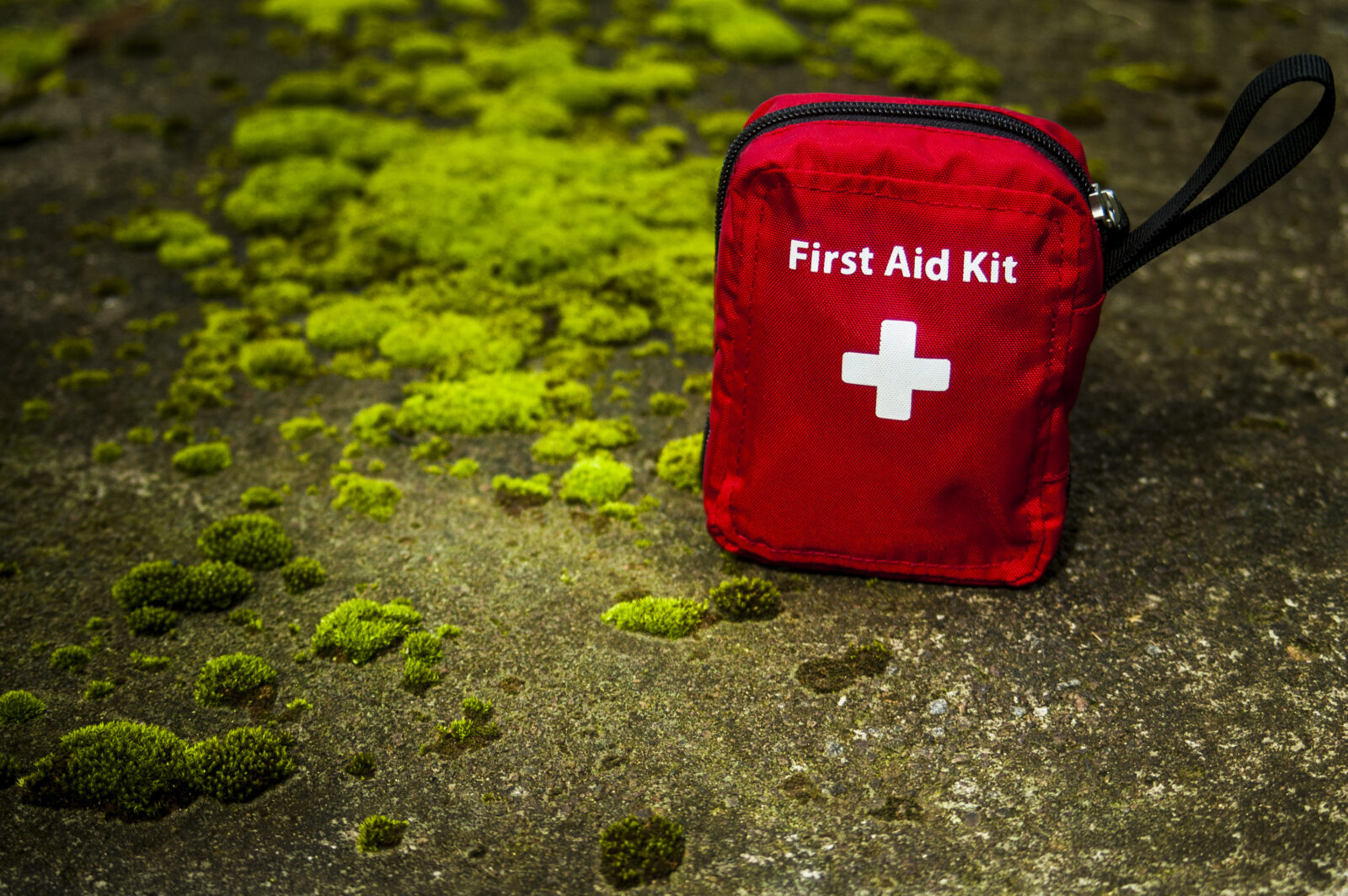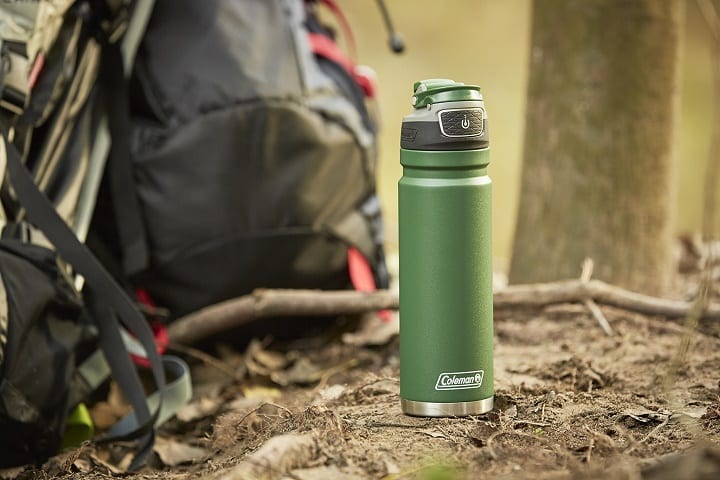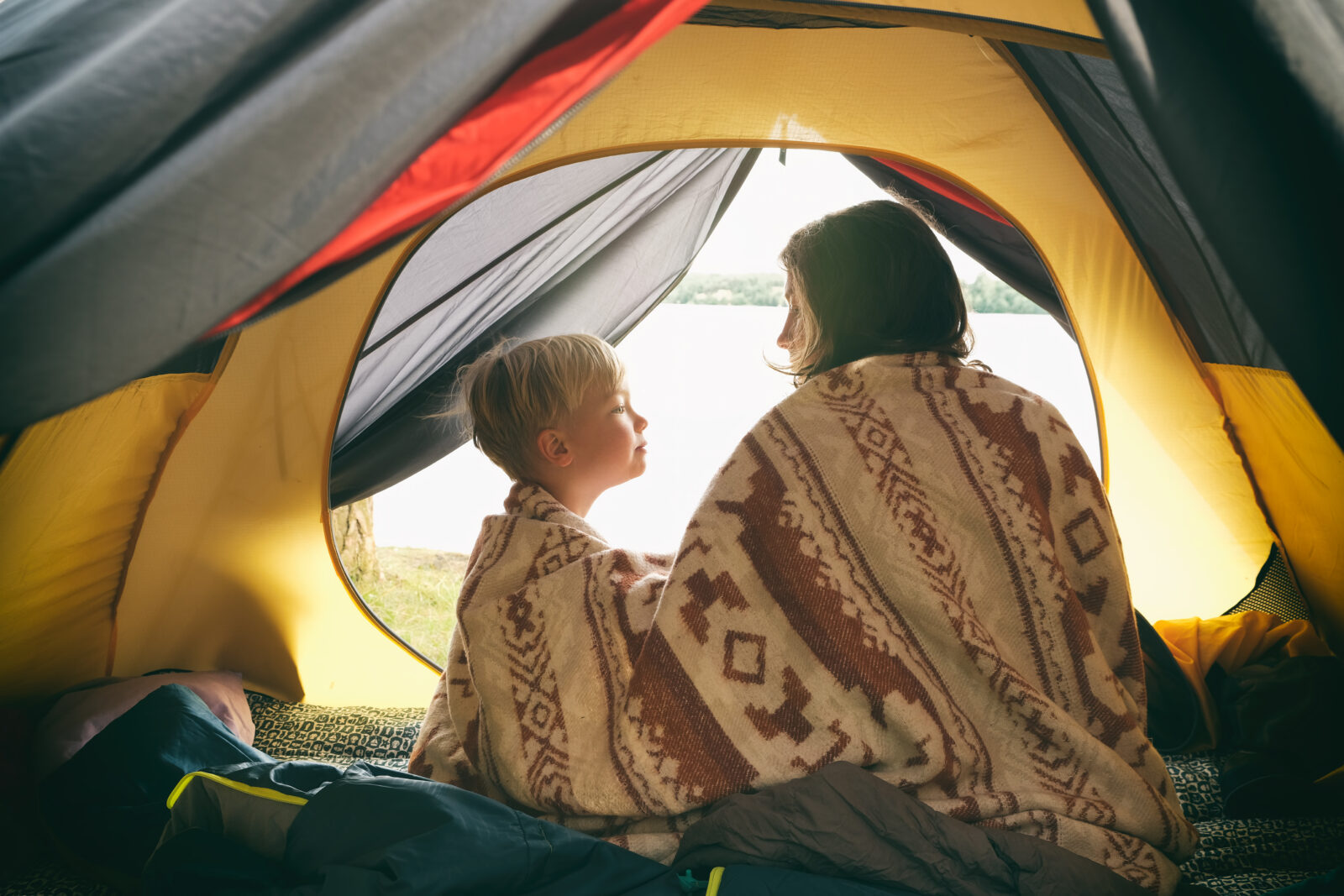The North Country National Scenic Trail is 4,600 miles long, stretching across eight states from North Dakota to Vermont.
What makes this trail so special is that it can easily be broken up into day hikes no matter which of those eight states you’re in, but it’s also a very challenging, yet doable long-distance hike.
This dream hike can quickly turn into a nightmare if you’re not adequately prepared for what’s to come. Like any long-distance hike, there are some common necessities: hiking boots, a tent, and the list goes on.
Here are some of the most important things you need to bring with you on the North Country Trail.
1. Waterproof hiking boots
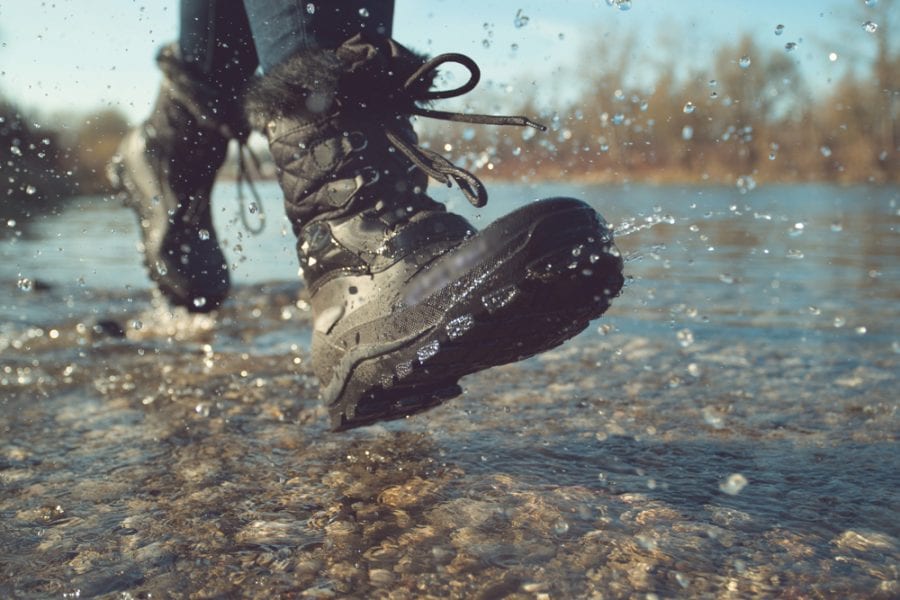
You obviously need hiking boots for any hiking-camping trip. Luckily, the North Country Trail isn’t too strenuous of a trail that requires special boots for lots of elevated gains.
You will need waterproof hiking boots because there are plenty of rivers and streams. But the best feature is the waterfalls across the 4,600-mile trail, including :
- Copper Falls State Park in Wisconsin
- Algonquin Falls in Michigan’s Upper Peninsula
- Munising Falls in Michigan’s Upper Peninsula
Because there are so many water features across the North Country Trail, you’ll need solid waterproof hiking boots that are comfortable and that can keep your feet dry.
Remember, if your feet get wet and don’t dry off properly, you risk getting trench foot, which is quite serious. A good pair of waterproof boots can help prevent your feet from getting damp.
2. Lightweight tent
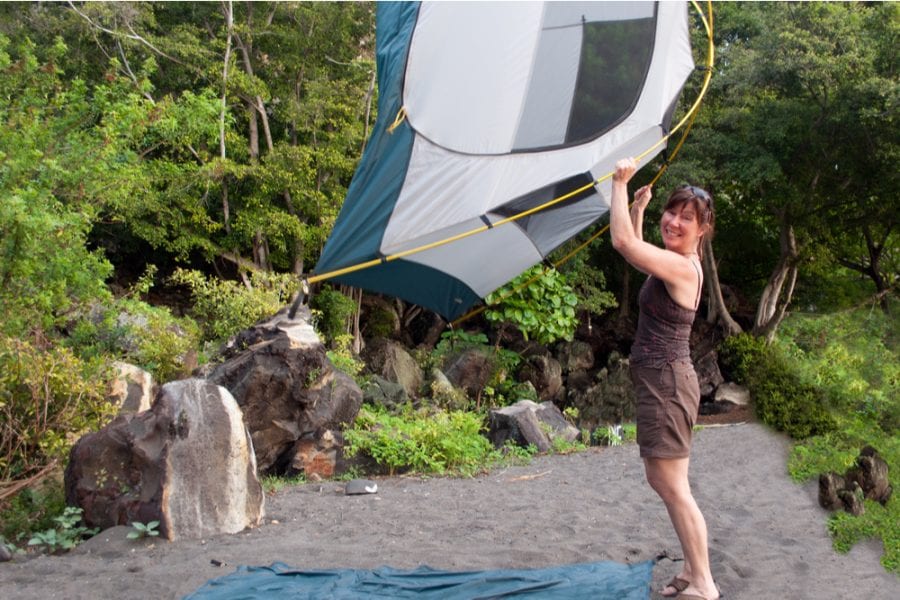
You’ll want a lightweight 2-person tent to carry across the North Country Trail, but also something that can handle the wind you may find in parts of North Dakota and Minnesota, in addition to Great Lakes breezes in Wisconsin and Michigan.
The tent is always the heaviest item to carry in your hiking backpack, which is why you should be ready to spend a little more on a lightweight, high-quality tent that makes your trek a little easier while keeping you comfortable at night.
When shopping for this tent, you also need something that’s a little spacious, which can become quite the balancing act, figuring out how much weight you want to carry, versus how much space you want in your tent.
If you’re hiking with someone else, consider buying a slightly larger tent to accommodate both of you, allowing you to essentially share the load on the trail, assuming that another person is carrying another important piece of gear that you’ll share.
There are great backpack campsites in western Wisconsin to set up that tent that are relatively flat and open. Additionally, you have additional filtered water sources at these sites in places like Pattison State Park.
Read More : How to Purify Water While Camping
3. Rain jacket
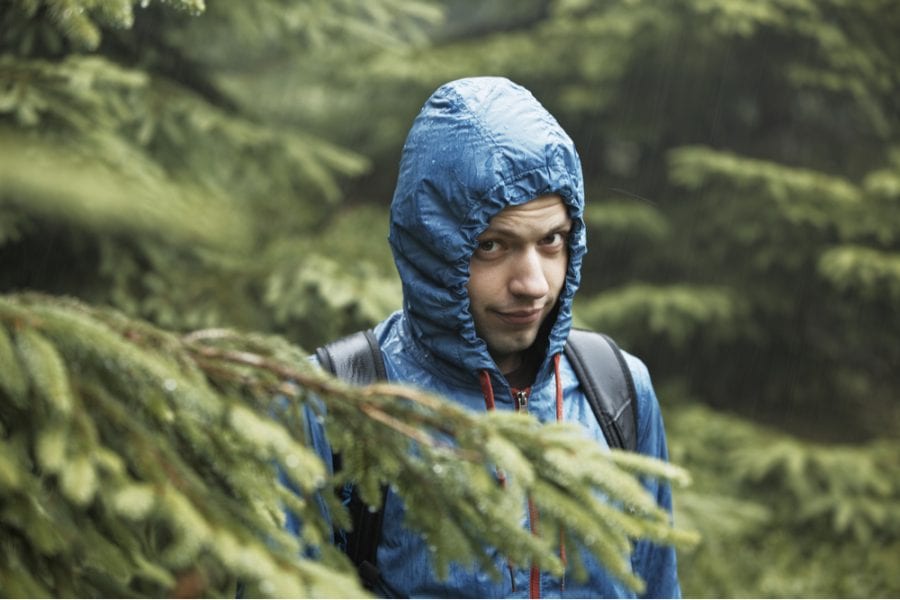
Expect plenty of rain throughout the states that encompass the North Country Trail, no matter what time of year.
You’ll experience the most rain during the late spring, but there is always a chance of rain, including severe thunderstorms, throughout the entire trail system.
Wisconsin, Michigan, and upstate New York can get quite humid in the summer, which means when it’s time to rain, there’s typically going to be a heavy downpour.
In addition to a rain jacket for yourself, you’re going to want a rain cover for your hiking backpack to ensure all of your gear stays dry. Rain jackets can also help cut the wind on breezier days.
Read More : 15 Tips for Camping in the Rain
4. Backpacking chairs
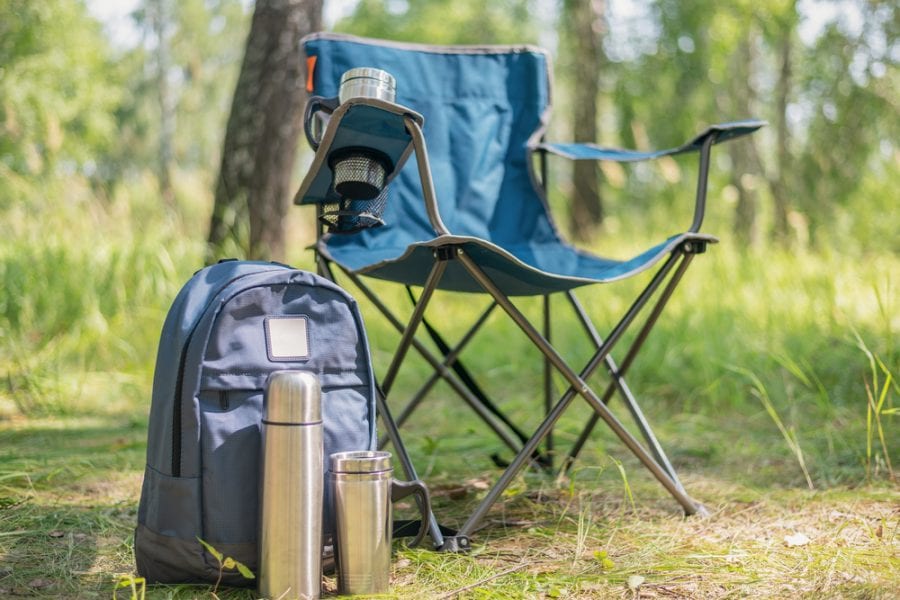
The beauty of the North Country Trail is that you can tackle it as a long-distance hike, or you can hit up one of the many individual loop trails. If you plan on staying in one area for a few extra days, you’ll be happy that you brought a backpacking chair with you.
Backpacking chairs are lightweight seats that fold up and typically just strap to the outside of your backpack.
Yes, it’s additional weight, when you could just find a stump or rock to sit on, but you’ll be happy you have something to sit on after knocking out a 20-miler for the day.
When you’re hiking the 20-mile Manistee River Trail Loop, you’ll definitely want a chair as the terrain tends to be rugged. There also isn’t a ton of built picnic tables at the various sites along the way.
5. Warm sleeping bag and sleeping pad

If you’re backpack camping primarily in the summertime, you won’t need the warmest of sleeping bags, but in the spring, fall, and certainly the winter, the weather across the North Country Trail can be completely unpredictable.
You’re going to want an extremely high-rated warm sleeping bag for winter camping excursions on the trail, especially in North Dakota, Minnesota, Wisconsin, and Michigan’s Upper Peninsula.
How warm of a bag do you need?
You want a sleeping bag with a temperature rating that can handle -20 degrees to be safe for winter camping. Anything around the freezing mark should be fine in the spring and fall.
A sleeping pad also plays into the warmth of your sleeping bag. The ground can be cold, so putting an insulating layer between your sleeping bag and the ground can make a huge difference. Of course, a sleeping pad adds more weight to your pack, but the comfort will be appreciated.
6. Winter hiking boots
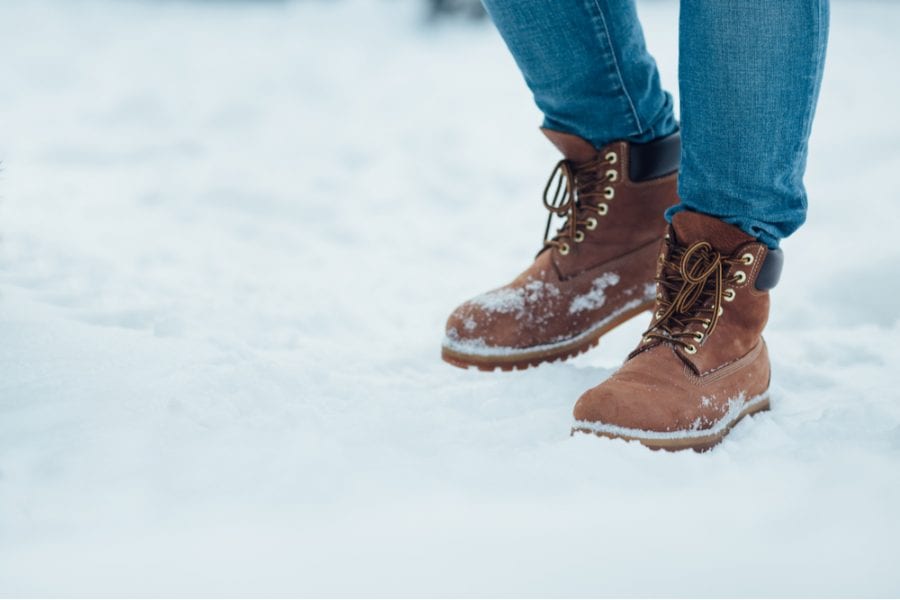
We discussed the need for waterproof hiking boots, but if you’re taking on the North Country Trail in the winter, you need a reliable and warm pair of winter hiking boots.
In fact, some of the more hardcore winter hikers bring a pair of lightweight snowshoes with them to make the trek more manageable when the snow starts piling up.
When you’re in Northern Michigan, it can snow nearly every day, which means snow banks can be more than 4 feet tall.
Winter hiking boots will keep your feet dry which, in return, will keep them warm.
7. Flashlight
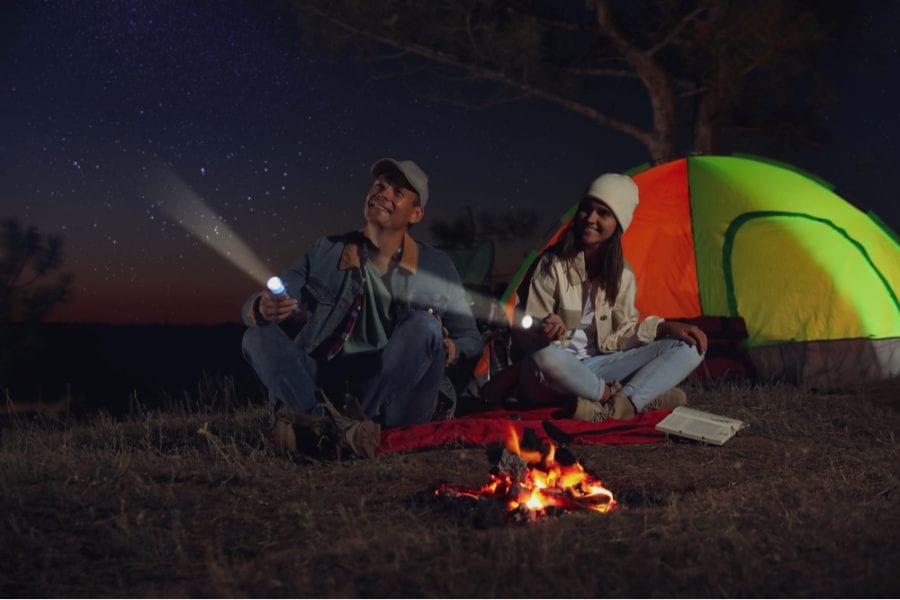
Outside of a few areas, the North Country Trail is extremely remote, which means very little light pollution. You’re going to need a reliable flashlight that can last you a long time without the need for a ton of batteries.
A flashlight is not only going to help you see at night and in the early morning, but it’s also important for safety reasons in case you find yourself in an emergency situation.
There are some areas of the North Country Trail where you won’t see a marking for more than 100 miles. You’re essentially supposed to keep going in the same direction and hope to see markings on trees from other hikers along the way to ensure you’re on the right path.
In case you get lost or need to be rescued, you’ll want a flashlight with multiple modes, including a strober or flicker mode, which can make it easier for a rescue crew to find you.
8. Body wipes
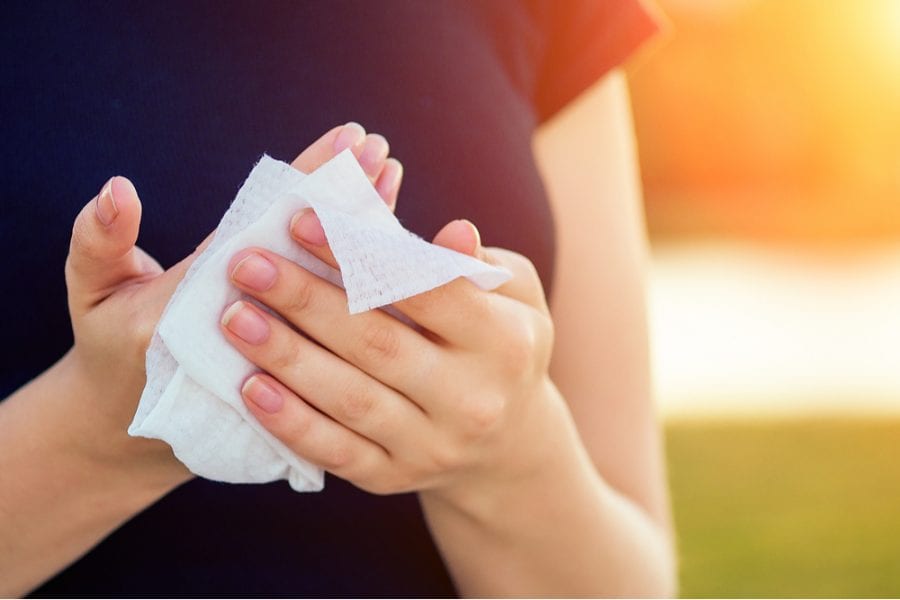
While there are certainly public campsites along the North Country Trail, most of it is a rather remote place. That means no showers for those long-distance hikes.
And if you’re hiking in the humid summer, you’re going to sweat a lot and start to smell. One way to combat this is through body wipes. They’re lightweight and compact, and they can make a world of a difference.
Body wipes are your shower on the go. Most can unfold into a rather large, wet wipe that has enough fluid in it to wash your entire body.
It’s important to use a body wipe regularly not to just avoid the smell, but also to wash off any unwanted bacteria on your body. You never know what could make its way into a small wound. It’s best to stay clean and fresh.
9. Water filter
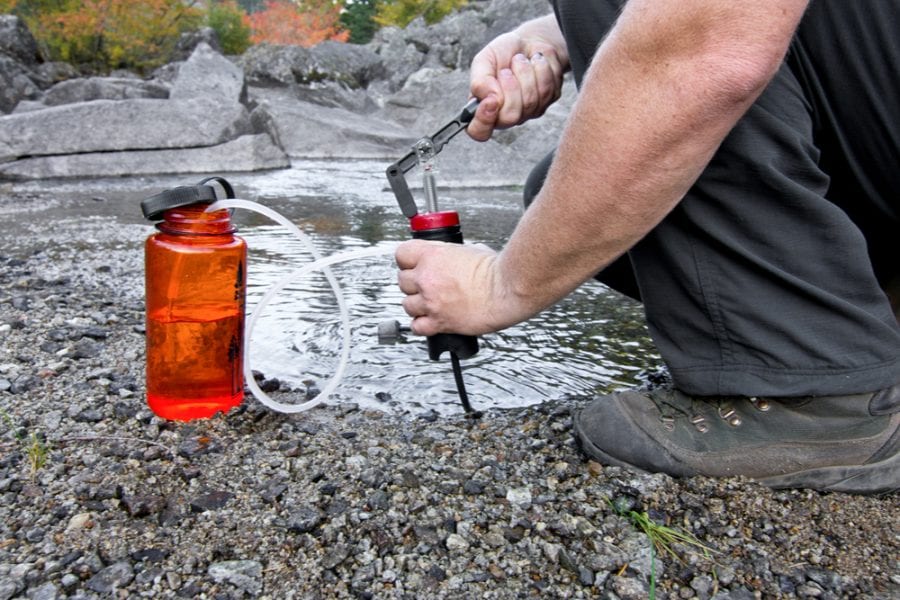
Staying hydrated is critically important on the North Country Trail, especially in Wisconsin and Northern Michigan, where there are plenty of water sources, but no guarantee of a pure source from a public campsite.
First, identify clean water sources along the way. And ask other hikers along the way. If you’re not sure if a water source is pure, you need to proceed with caution to avoid getting sick.
The CDC recommends treating all water to avoid waterborne illnesses.
A pump filter can typically get the job done. It’s designed to remove dangerous pathogens from the water by pumping it through a filter. They can be lightweight, but a tad bulky. You also need to be diligent about cleaning them out in order to keep them working effectively.
There are also chemical treatment solutions. While pricey, you can easily fill up a water bottle for the day, put in the right amount of iodine tablets, and then wait up to 20 minutes for the chemicals to kill off the pathogens.
Read More : How to Purify and Treat Water While Camping
10. GPS watch
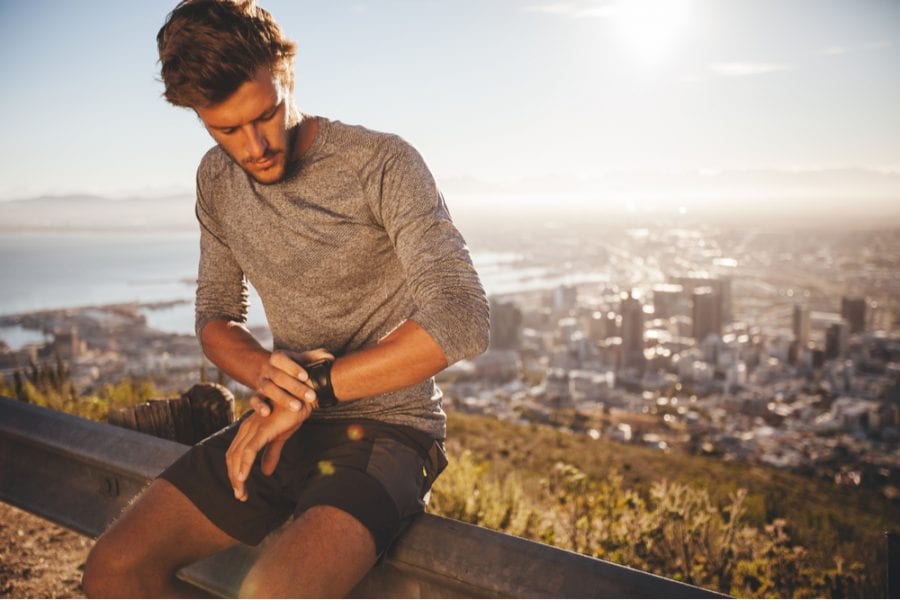
As we mentioned, there are a lot of areas on the North Country Trail that aren’t marked, which can give you a bit of anxiety.
We recommend always bringing a paper map with you, along with a GPS watch with a decent battery life.
If you ever feel lost, the watch can give you an approximate area that you can then match up with on your trail map.
Andrew Dodson
Andrew Dodson is an avid camper who enjoys the great outdoors with his wife and two-year-old son. He resides in Colorado, where you can often find him enjoying hikes with a toddler strapped to his back and mini goldendoodle Percy nearby.
